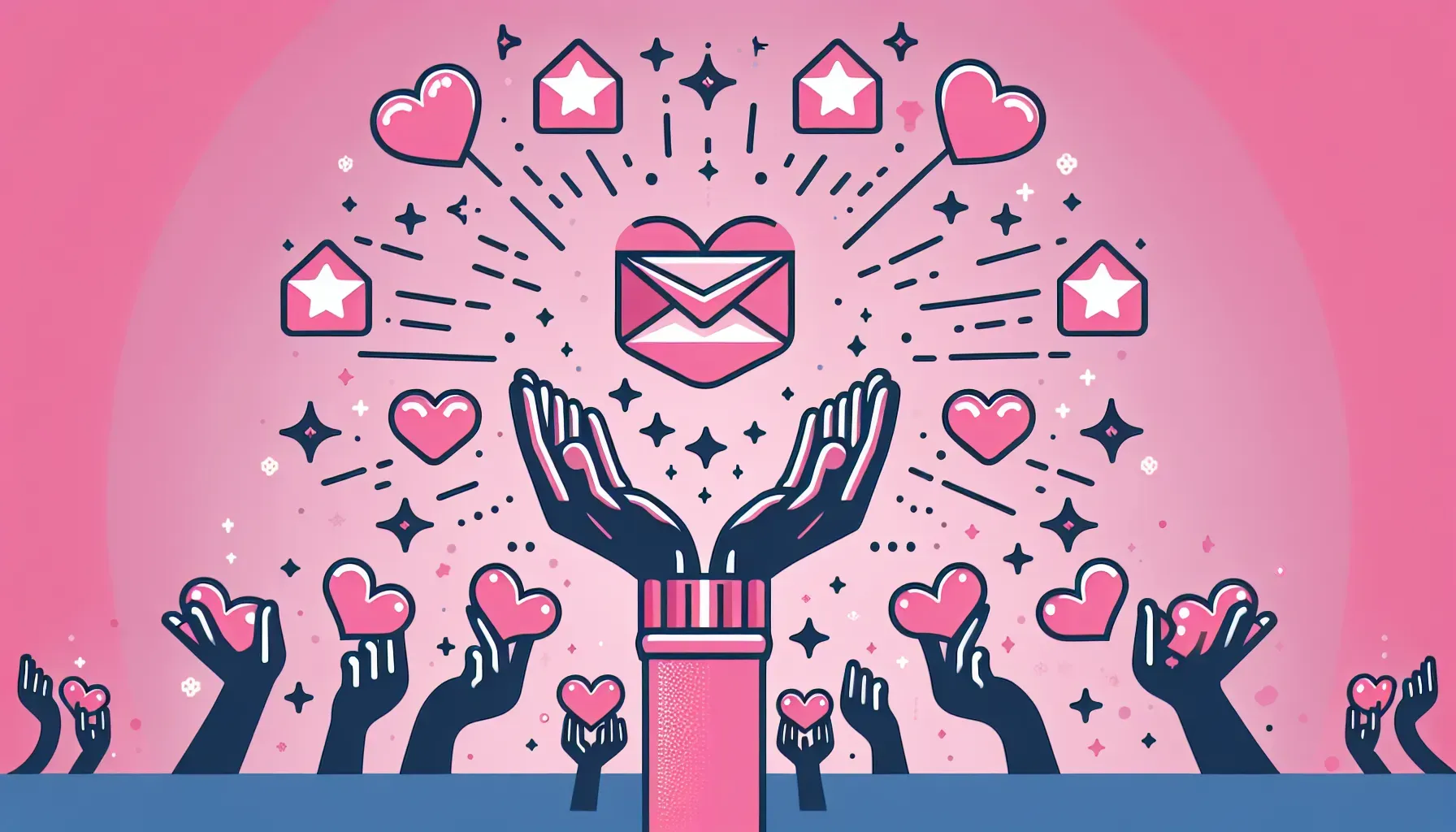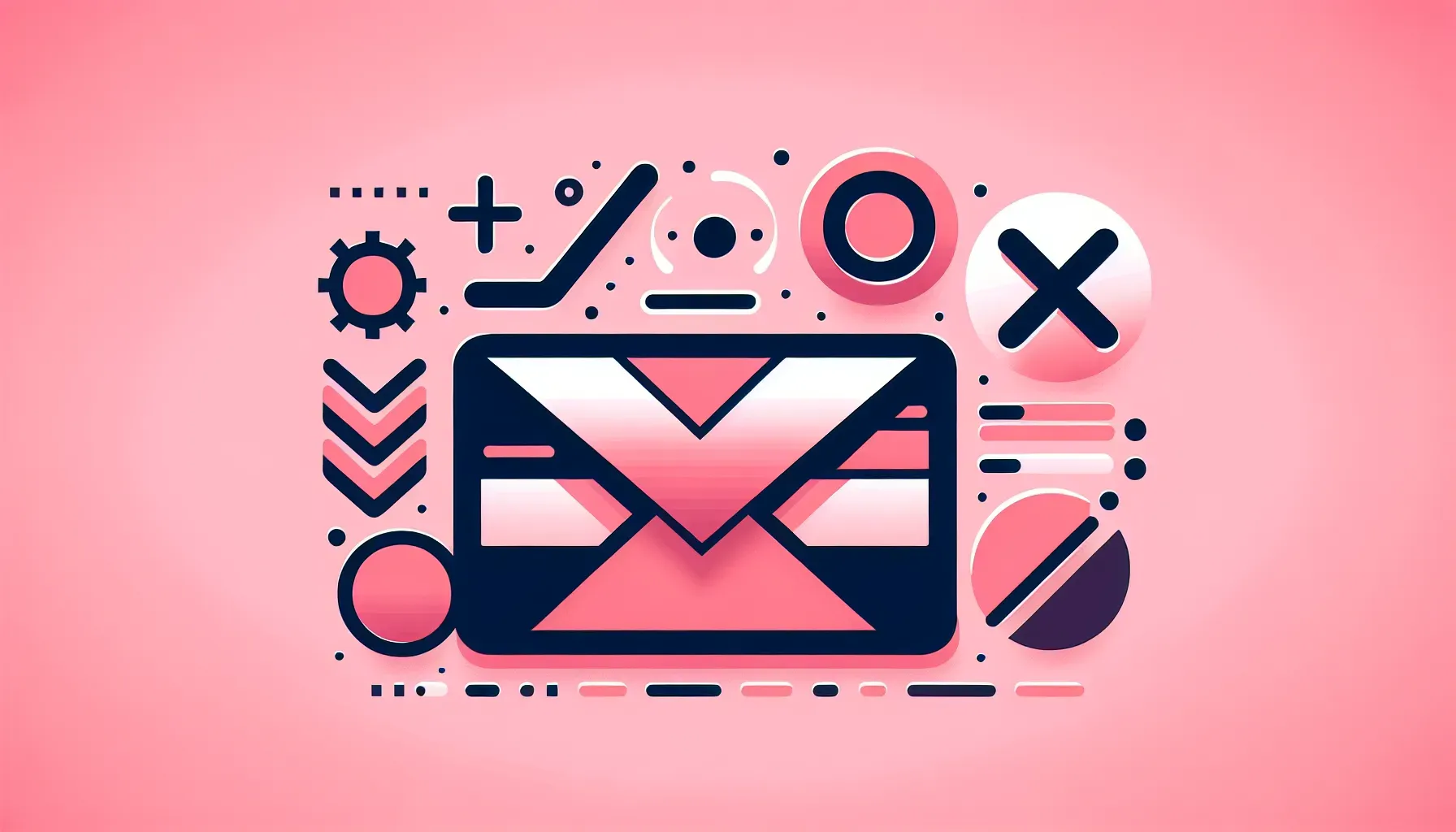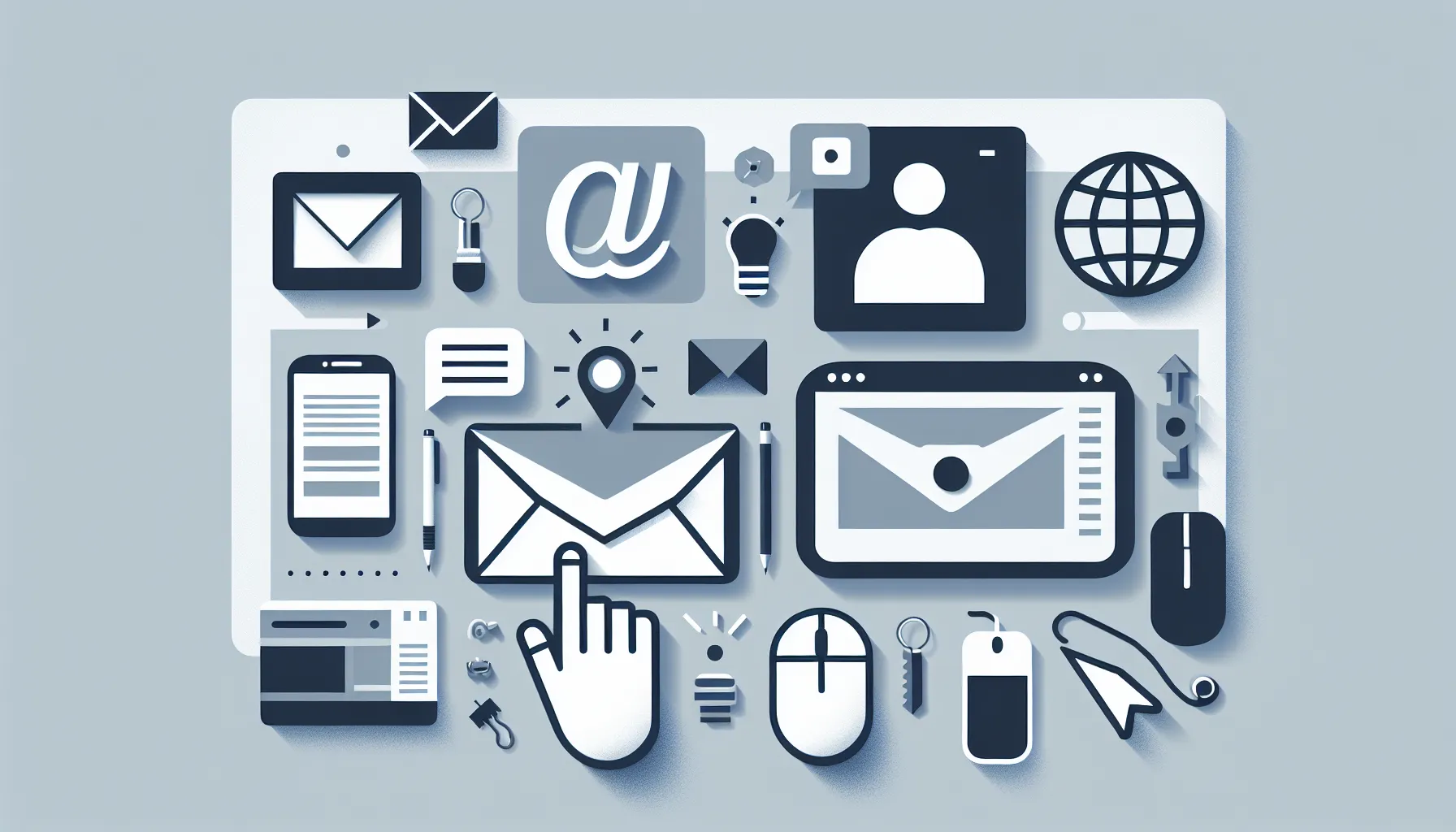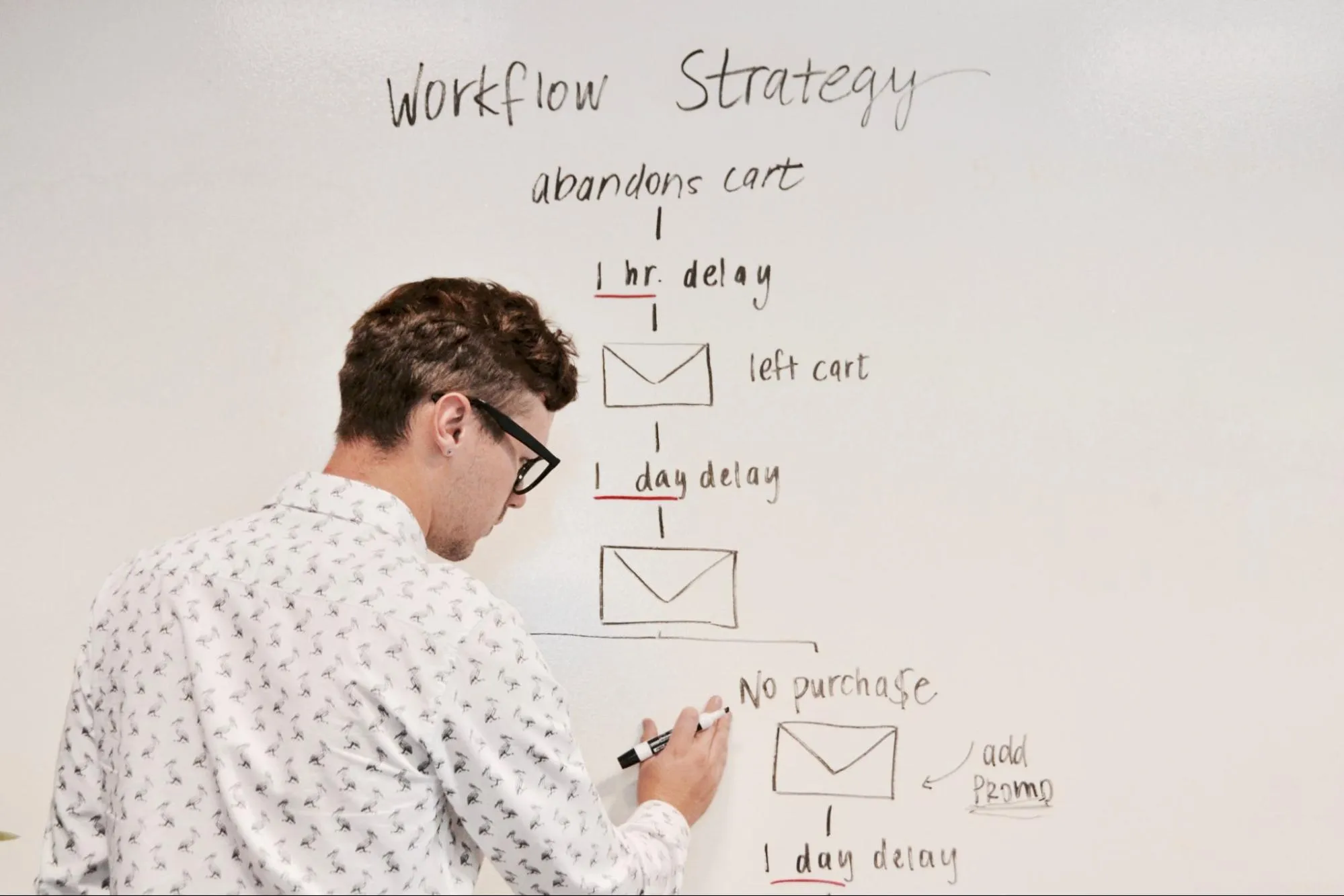21 Email Marketing Myths You Should Ignore
Exploring the vast world of email marketing, we’ve gathered insights from CEOs and Marketing Directors to debunk common misconceptions. From the myth that more emails always mean better results to the power of balancing images in email campaigns, here are the top 21 email marketing myths that experts insist you should ignore.
- You Can Never Send Too Many Marketing Emails
- You Need A Huge List To Succeed
- Emails Must Be Highly Customized To Be Effective
- Email Marketing Is Dead
- Don’t Send Emails To Inactive Users
- Email Is An Outdated, Ineffective Marketing Channel
- Email Is Solely A Broad Marketing Tool
- Increase Brand Awareness By Sending Lots Of Emails
- All Emails Need To Be Short To Keep The Reader’s Attention
- Non-Reader Style Emails Are Always More Effective
- Advertising And Promotion Only
- Sending Emails At A Specific Time Fixes Everything
- Email Marketing Isn’t Worth The Investment
- Customers Only Want Basic Order Confirmations
- Bombard Your Customer With Any And Every Type Of Email
- Email Marketing Benefits Only B2B Companies
- It’s Not A Good Fit For The Weekends
- Cliff-Hangers Or Gimmicks Are A Sure Way To Draw People In
- Email Marketing is Expensive
- Using Many Images Is The Key To Engagement And Conversions
- All Unsubscribers Are Bad
You Can Never Send Too Many Marketing Emails
Annoying your subscribers with too many emails will work against you; you won’t build lifetime fans or trusted relationships when you over-send.
Always prioritize quality over quantity when sending marketing emails. Respect your readers’ inboxes. Be strategic about what emails you send and how often you send them. Every audience is different, so there’s not a magic number that’s *right,* but daily emails are usually too often for most brands. The only way to know for sure is to test and optimize to find your marketing sweet spot.
 Lindsay Hope
Lindsay Hope
Owner and CEO, Lindsay Hope Creative
You Need A Huge List To Succeed
One email marketing myth to ignore? That you need a huge list to succeed. Quality over quantity, always. Engaged subscribers who want to hear from you—that’s what matters. Nurture relationships, provide value, and build trust over time. The rest will follow.
 Casey Jones
Casey Jones
Founder, Head of Marketing, CJ&CO
Emails Must Be Highly Customized To Be Effective
Our strategy defies the common belief that emails must be highly customized to be effective. Instead, we’ve found tremendous success with simple, one-liner emails sent to the right person at the right moment. This minimalist approach emphasizes the power of timing and relevance over detailed personalization, proving that sometimes, less really is more.
 Justin Silverman
Justin Silverman
Founder & CEO, Merchynt
Email Marketing Is Dead
Email marketing is not dead! It’s actually one of the best ways to reach and connect with your audience. The secret? Personalize your emails with valuable content that helps your subscribers. Avoid generic promotional spam and focus on building relationships. This turns email into a powerful tool in your marketing toolbox.
 Tom Jauncey
Tom Jauncey
Head Nerd at Nautilus Marketing, Nautilus Marketing
Don’t Send Emails To Inactive Users
In my experience, email marketers should disregard the myth that you should not send emails to inactive users. From our own email campaigns, I’ve observed that for subscribers who have not been active for four to five months, you should continue sending them emails. You should ideally wait for six to seven months before removing those users from your email lists. There’s a chance they haven’t been checking their emails because they are on a vacation trip, and they might look at your emails after they return.
Even with a slim chance of increasing conversions, you shouldn’t exclude people from your email list prematurely. It can definitely boost sales for your business, but to fully tap into its potential, keep engaging with your inactive subscribers.
 Patrick Beltran
Patrick Beltran
Marketing Director, Ardoz Digital
Email Is An Outdated, Ineffective Marketing Channel
One prevalent myth in email marketing that people should dismiss is the notion that ‘Email is an outdated, ineffective marketing channel.’ This belief is not only misleading but drastically overlooks the evolving nature of how email can be utilized to forge strong, direct connections with customers. In reality, when leveraged correctly through personalization and segmentation, email marketing remains one of the most powerful tools in a marketer’s arsenal. It provides unmatched ROI and enables businesses to deliver tailored content that resonates with their audience at scale. My years of experience have shown me time and again that ignoring email as a vital part of your marketing mix is like leaving money on the table.
 Valentin Radu
Valentin Radu
CEO & Founder, Blogger, Speaker, Podcaster, Omniconvert
Email Is Solely A Broad Marketing Tool
At Connective Web Design, we advocate for a fresh perspective on email marketing. Rather than viewing it solely as a broad marketing tool, we encourage clients to see it as a platform for enhancing customer support and retention. The most effective emails are those enriched with exclusive insider insights or tailored closely to subscribers’ interests. These emails often outperform many social media posts because they aren’t subject to constantly shifting algorithms or fleeting trends. Instead, they focus on delivering direct value to your audience’s inbox.
However, the key is to avoid reverting to outdated email tactics that resemble sales pitches rather than value-added content. It’s crucial to strike a balance; keep your subscribers informed without overwhelming them with irrelevant content that risks landing in spam folders or prompts them to hit the unsubscribe button. The goal is to maintain relevance, personalize interactions, and above all, provide tangible value to your audience.
 Rodney Warner
Rodney Warner
CEO & Founder, Connective Web Design
Increase Brand Awareness By Sending Lots Of Emails
To increase brand awareness, I need to send out a lot of email marketing campaigns—which is one of the biggest myths you should ignore. Many businesses think that the only way their clients will remember them is if they send daily promotional emails. They believe that sending out more emails is beneficial; however, this is just another misconception. Think for a moment: Sending out as many emails to your contacts as you can will have you reported quickly, and your campaigns labeled as SPAM sooner or later. One of the main reasons readers report your online campaign is the high dispatch frequency coupled with irrelevant or unsuitable information. Having excellent content that is both interesting and pertinent to the recipients, along with the appropriate delivery frequency, is the best option.
 Kartik Ahuja
Kartik Ahuja
Digital Marketer, kartikahuja.com
All Emails Need To Be Short To Keep The Reader’s Attention
A common myth within email marketing that deserves to be debunked is the idea that “All emails need to be short to keep the reader’s attention.” Throughout my tenure as a Fractional Chief Marketing Officer and leading numerous campaigns in the digital sphere, I’ve found this to be a limiting belief. The key isn’t in the length, but in the relevance and value the email offers. For instance, in a comprehensive campaign for a SaaS client, we utilized longer, content-rich emails to educate our audience about complex product functionalities and industry insights. This approach not only increased our engagement rates but also bolstered our authority and trust within the niche.
Significantly, this longer-form email content was segmented to target specific user groups with tailored information that directly addressed their interests and pain points. By doing this, we transformed mere emails into valuable resources, resulting in a marked improvement in our campaign’s open and click-through rates—demonstrating that when there is substantial value, length becomes a secondary consideration.
Furthermore, engagement metrics from these campaigns provided concrete data to guide our future strategies. By analyzing the behavior of our audience—such as which sections they spent more time on and the links they clicked—we refined our approach, optimizing content length and structure to better serve our audience’s preferences. This iterative approach highlights the importance of not just adhering to conventional wisdom but instead focusing on delivering genuine value in a format that resonates with your audience, regardless of length.
 Haiko de Poel
Haiko de Poel
Owner, Mass Impact
Non-Reader Style Emails Are Always More Effective
The myth of the ‘non-reader’ has infiltrated marketing strategies. Most of the emails my competitors send are a few lines, at most. Some are little more than a single sentence with a button, and the worst are nothing more than an infographic or an overlaid stock image.
Personally, I feel a little patronized when I receive such an email.
Perhaps in the Gen Z retail sphere, this sort of brevity is worthwhile, but in recruiting, people still appreciate well-written copy that speaks to a valuable issue.
In fact, I’ve noticed that my longer email marketing messages get more traction and follow-up. The key is writing about an interesting topic and then tying it back to your company. Timely events are often a good start: people like to monitor changes in their industry, and if you have good insight, they’ll come back for more.
 Linn Atiyeh
Linn Atiyeh
CEO, Bemana
Advertising And Promotion Only
That it’s just advertising and promotions.
It’s essentially the entire psychology and identity of the company or brand and often transcends mere sales pitches.
Each email sent is an opportunity to reinforce or redefine a company’s personality, to stand out in a crowded inbox by offering genuine value beyond the standard sales spiel. It’s about building a narrative that resonates with your target audience, turning subscribers into loyal customers, and, more importantly, into advocates for your brand in the long term.
Understanding this can transform your email marketing strategy from a sales-centric approach to a value-driven model, which is what more brands should focus on, in my opinion.
To make it short: It’s creating value and differentiation, a personality, and ultimately an identity for your brand.
 Janis Thies
Janis Thies
Founder, SEOlutions GmbH
Sending Emails At A Specific Time Fixes Everything
One email marketing myth that people should ignore is the belief that sending emails at a specific time will magically increase results and solve all their marketing woes. While timing can play a role in email open rates, it’s just one piece of the puzzle. Success in email marketing depends on various factors, such as the quality of content, relevance to the audience, segmentation, and consistency. Rather than obsessing over the perfect time to hit send, businesses should focus on crafting compelling, personalized content that resonates with their subscribers. Building strong relationships with your audience through valuable and engaging content is ultimately what drives success in email marketing, not just the timing of delivery.
 Ryan Kelly
Ryan Kelly
Chief Marketing Officer, Easy Ice
Email Marketing Isn’t Worth The Investment
In my role of managing marketing strategies for a range of business-intelligence courses, I’ve found that some doubters claim email marketing isn’t worth the investment. However, based on my experience, this couldn’t be more wrong. Email marketing continues to be an efficient tool for us, delivering a strong return on investment. It enables us to track our progress and tweak our approaches on the fly, helping us optimize our marketing budget effectively.
 Arkadiy Ostrenko
Arkadiy Ostrenko
CMO, BI-Box
Customers Only Want Basic Order Confirmations
A big myth I often hear is that customers only want basic order confirmations. While that’s important, it overlooks the power of targeted email communication.
Think about it. Navigating healthcare needs can be overwhelming, and targeted emails allow us to provide educational content, product recommendations based on past purchases, and timely reminders about important health screenings.
After all, it’s all about building trust and keeping our customers informed! By offering relevant, valuable content, we can become a trusted partner in their health journey, not just a place to order supplies.
 Russell Noga
Russell Noga
CEO, Medisupps.com
Bombard Your Customer With Any And Every Type Of Email
Many businesses worry that bombarding customers with emails will hurt their chances of success. But the truth is, it’s all about relevance! People unsubscribe from boring emails, not frequent ones.
Focus on sending valuable content your audience actually wants, like helpful tips or exclusive offers. By providing engaging emails at the right pace, you’ll build stronger customer relationships and keep your inbox welcome.
 Aqsa Tabassam
Aqsa Tabassam
Co-Founder & Chief Marketing Officer, EvolveDash Inc.
Email Marketing Benefits Only B2B Companies
One myth about email marketing is that it’s exclusively beneficial for B2C (business-to-consumer) companies. Ignore this! Many people assume that B2B (business-to-business) companies cannot gain from email marketing, which is completely incorrect. In reality, B2B companies often derive even greater benefits from email marketing than B2C companies.
B2B companies can utilize email marketing to connect with potential clients and foster durable relationships. They can also employ it to advertise their products and services and keep their clients informed about the latest updates and developments.
Additionally, B2B companies can leverage email marketing to educate their clients about their offerings. By providing essential information, they can assist their clients in making well-informed decisions and establishing trust.
 Lydia Valentine
Lydia Valentine
Co-Founder and Chief Marketing Officer, Cohort XIII LLC
It’s Not A Good Fit For The Weekends
Email marketing is not a good fit for the weekends:
It is assumed that most people with 9–5 employment spend their weekends away from electronics. Although this might have been the case in the early years of the internet, it is not the case now. The number of individuals carrying around personal digital assistants (PDAs) is rising. In light of this, you should feel free to step up your email marketing strategy at any time of day or event. To keep subscribers, you should ensure that every email you send is mobile-responsive to make sure it can be viewed by everybody.
 Cameron Holland
Cameron Holland
Marketing Director, GB Foam
Cliff-Hangers Or Gimmicks Are A Sure Way To Draw People In
It’s a prevalent marketing myth that you must have a cliff-hanger or other silly gimmick in your subject line to draw people in. The truth is, people don’t fall for those so easily these days (they’ve seen them all) and are more likely to be annoyed if they do click through.
So skip the misleading lures and instead, craft a subject line that succinctly describes the reason for the email.
A boring but accurate and concise subject line will resonate with the people you really want to reach and reduce superficial click-throughs that don’t pay off.
 Rob Reeves
Rob Reeves
CEO and President, Redfish Technology
Email Marketing is Expensive
One email marketing myth that definitely needs to be ignored is that it’s expensive. Contrary to this belief, email marketing can be incredibly cost-effective, especially when compared to other forms of advertising, like print or television. With the right tools and strategies, you can reach a wide audience at a fraction of the cost. Plus, the return on investment (ROI) for email marketing can be quite substantial, which makes it a smart investment for businesses of all sizes.
 Johannes Larsson
Johannes Larsson
Founder and CEO, Financer.com
Using Many Images Is The Key To Engagement And Conversions
One big email marketing myth that I often observe and hear is that cramming your email with many images is the key to engagement and conversions. Many believe that the more images, the better. But here’s the deal: while visuals are definitely important, bombarding your audience with too many images can actually backfire.
It can make your email bulky, slow to load, and worse, it might even trigger spam filters. Plus, not everyone has images enabled by default, so your message might miss its mark entirely. Remember, in marketing, it’s always quality over quantity every time.
 Daniel Willmott
Daniel Willmott
Founder, Shortformvideo.co
All Unsubscribers Are Bad
Unsubscribers in email marketing often evoke a sense of disappointment, but they offer valuable insights that can enhance your strategies. While seeing a list of unsubscribers may initially feel demotivating, it’s important to recognize the positive side.
Unsubscribers help improve ‘list hygiene,’ allowing you to focus on active and potential customers. This process will let you analyze customer preferences more effectively and refine your email marketing strategy accordingly.
For example, analyzing the reasons for unsubscribes can reveal patterns or areas for improvement in your content, frequency of emails, or targeting strategies. This data-driven approach will increase engagement with leads who are more likely to convert.
By embracing unsubscribers as a means to enhance email list quality and optimize targeting, you can ultimately drive better results and foster stronger relationships with your audience.
 Nurlan Suleymanov
Nurlan Suleymanov
Content Strategist, On-Site Optimization Expert, aqua cloud
Submit Your Answer
Would you like to submit an alternate answer to the question, “What is one email marketing myth that people should ignore and why?”
Submit your answer here.
Related Articles


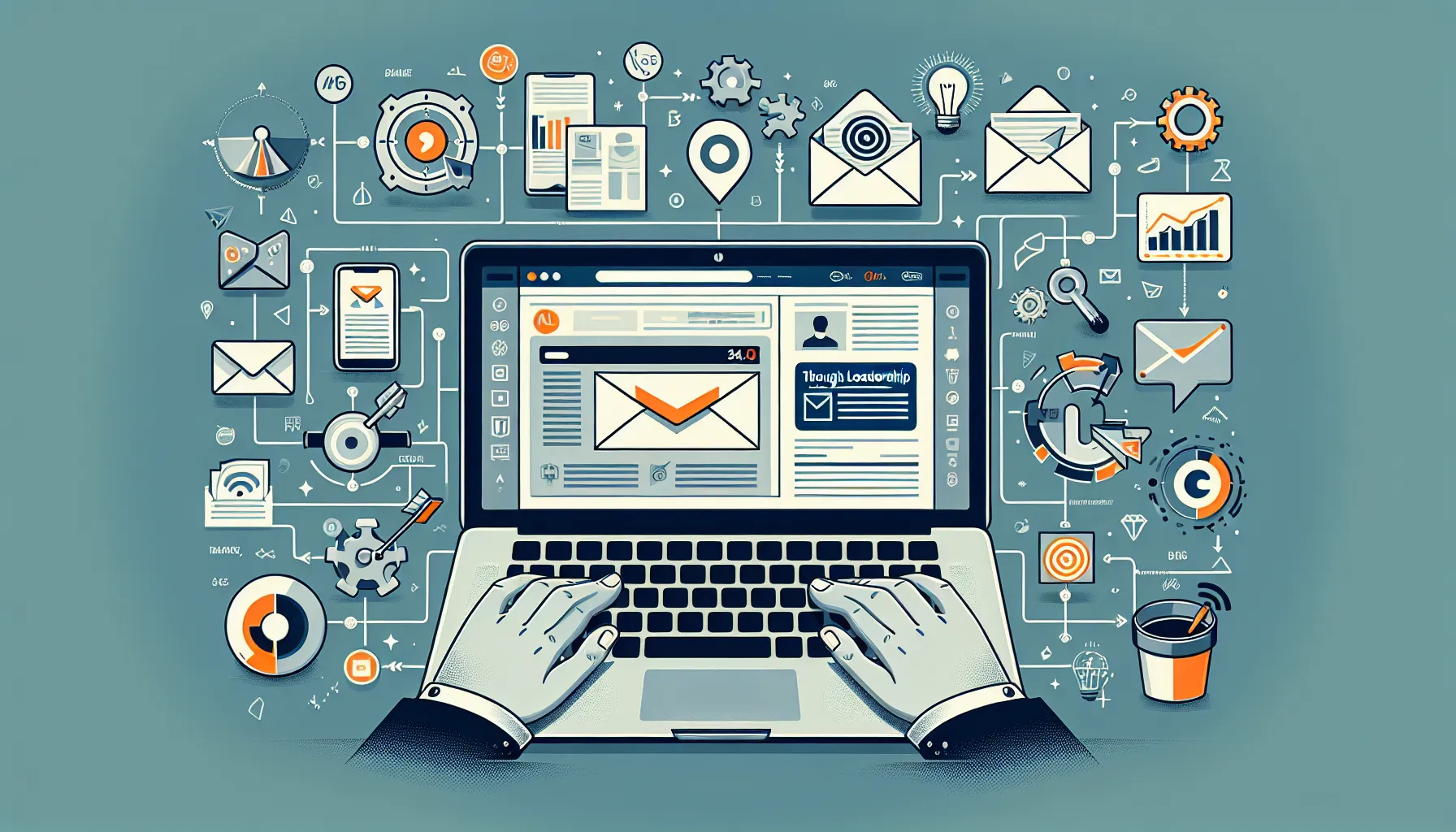
















 Kartik Ahuja
Kartik Ahuja










